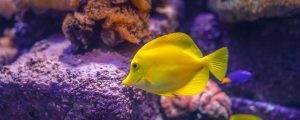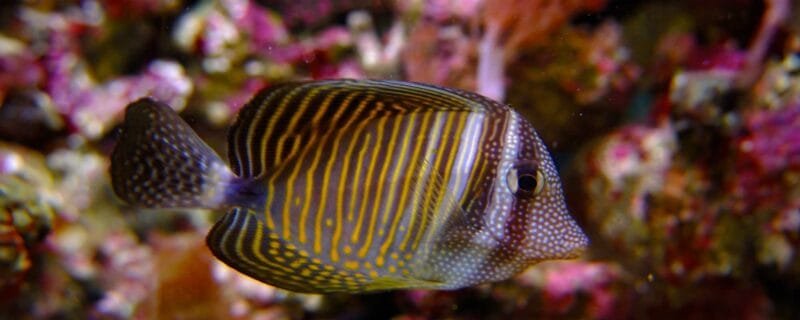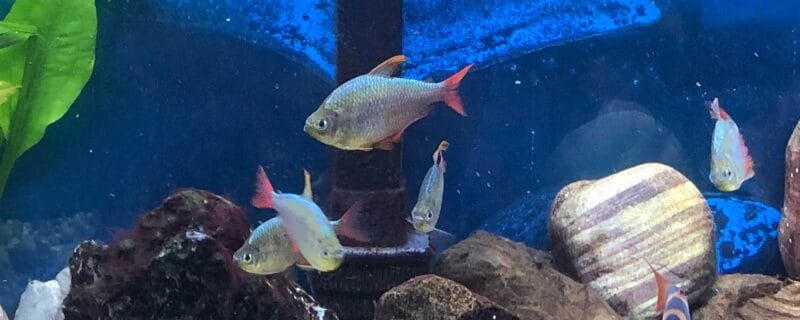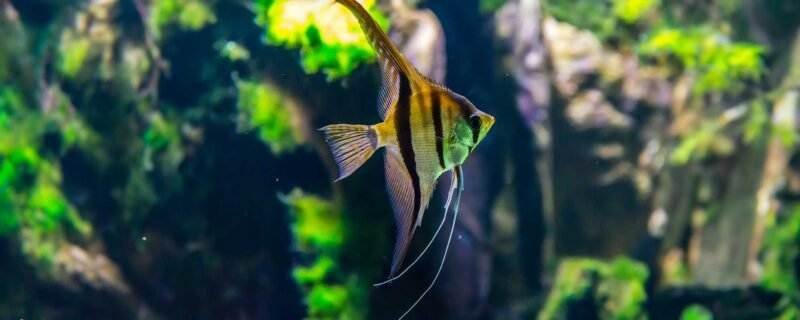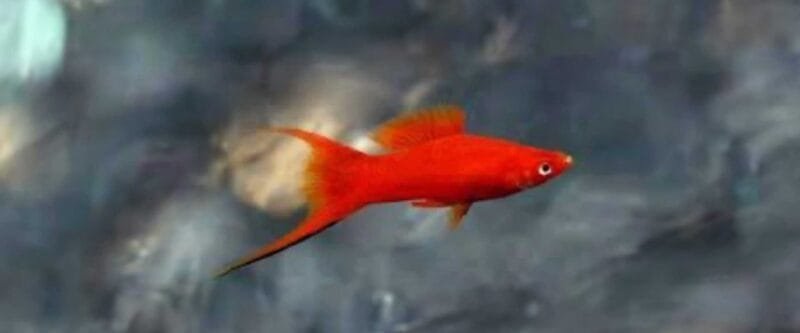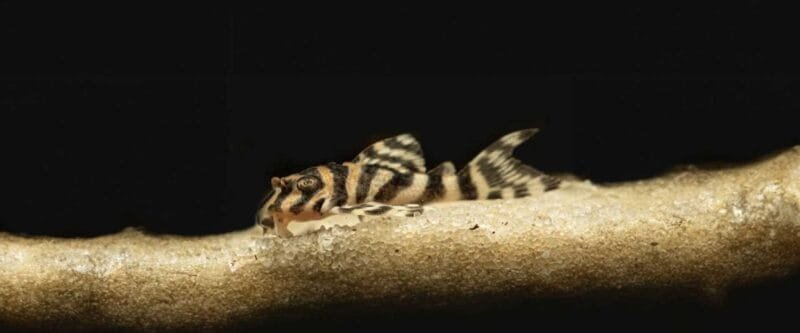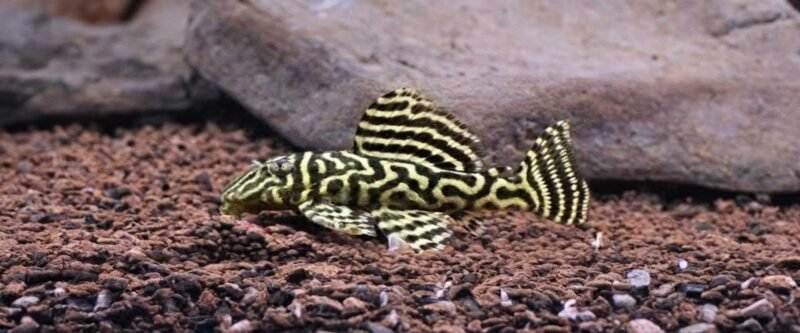Introduction
The Pacific Orange-Spine Unicornfish, scientifically known as Naso lituratus, is a captivating marine species that has captured the hearts of aquarists and marine enthusiasts worldwide. With its distinctive appearance and intriguing behavior, this unicornfish is a prized addition to both home and public aquariums. In this blog post, we’ll explore the world of Naso lituratus, covering its scientific and common names, size, natural habitat, suitability for community tanks, dietary preferences, alternative names, gender differentiation, and more.
Scientific and Common Name: Naso Lituratus
Size: The Pacific Orange-Spine Unicornfish can grow to substantial sizes, reaching lengths of up to 20 inches (50 centimeters) or more in well-maintained aquariums.
Native Habitat:
In the wild, Naso lituratus is found throughout the tropical waters of the Indo-Pacific region. Its range extends from the eastern coast of Africa, across the Indian Ocean, to the central and western Pacific Ocean.
Habitat and Behavior: These unicornfish prefer coral-rich areas, lagoons, and coastal reefs with strong water flow. They are known for their vibrant colors and elongated snout, which gives them their distinctive unicorn-like appearance.
Community Tank Compatibility:
While Pacific Orange-Spine Unicornfish are generally peaceful, they require ample space due to their size and territorial tendencies. They may coexist with other large, non-aggressive tankmates in well-established and spacious aquariums.
Diet:
Naso lituratus is primarily herbivorous and feeds on a diet of various marine algae and plant matter. A well-balanced diet should include high-quality algae-based foods and occasional supplements like spirulina flakes or pellets.
Alternative Names:
This unicornfish is sometimes referred to as the Lipstick Tang or Blue-Lined Unicornfish due to its striking blue lines and vibrant colors.
Distinguishing Males from Females:
Sexual dimorphism in Pacific Orange-Spine Unicornfish is challenging to discern based on physical characteristics. Gender differentiation often becomes apparent during courtship and mating behaviors in mature individuals.
Varieties and Coloration:
Naso lituratus typically displays a deep blue body adorned with bold, horizontal blue lines, orange accents near the eyes and mouth, and a prominent orange spine near the caudal fin. While there is generally one recognized species, variations in coloration may occur depending on geographic location.
Conclusion:
A Mythical Beauty in Your Aquarium
The Pacific Orange-Spine Unicornfish (Naso lituratus) is indeed a mythical beauty that adds a touch of the exotic to your aquarium. Its vibrant colors, graceful movements, and distinctive appearance make it a prized choice for marine enthusiasts seeking to create a captivating underwater world. Whether you’re a seasoned aquarist or a newcomer to the marine realm, the presence of the Pacific Orange-Spine Unicornfish will transport you to the enchanting depths of the Indo-Pacific, where beauty and wonder abound.
Picture by: Reel Reef Canada


